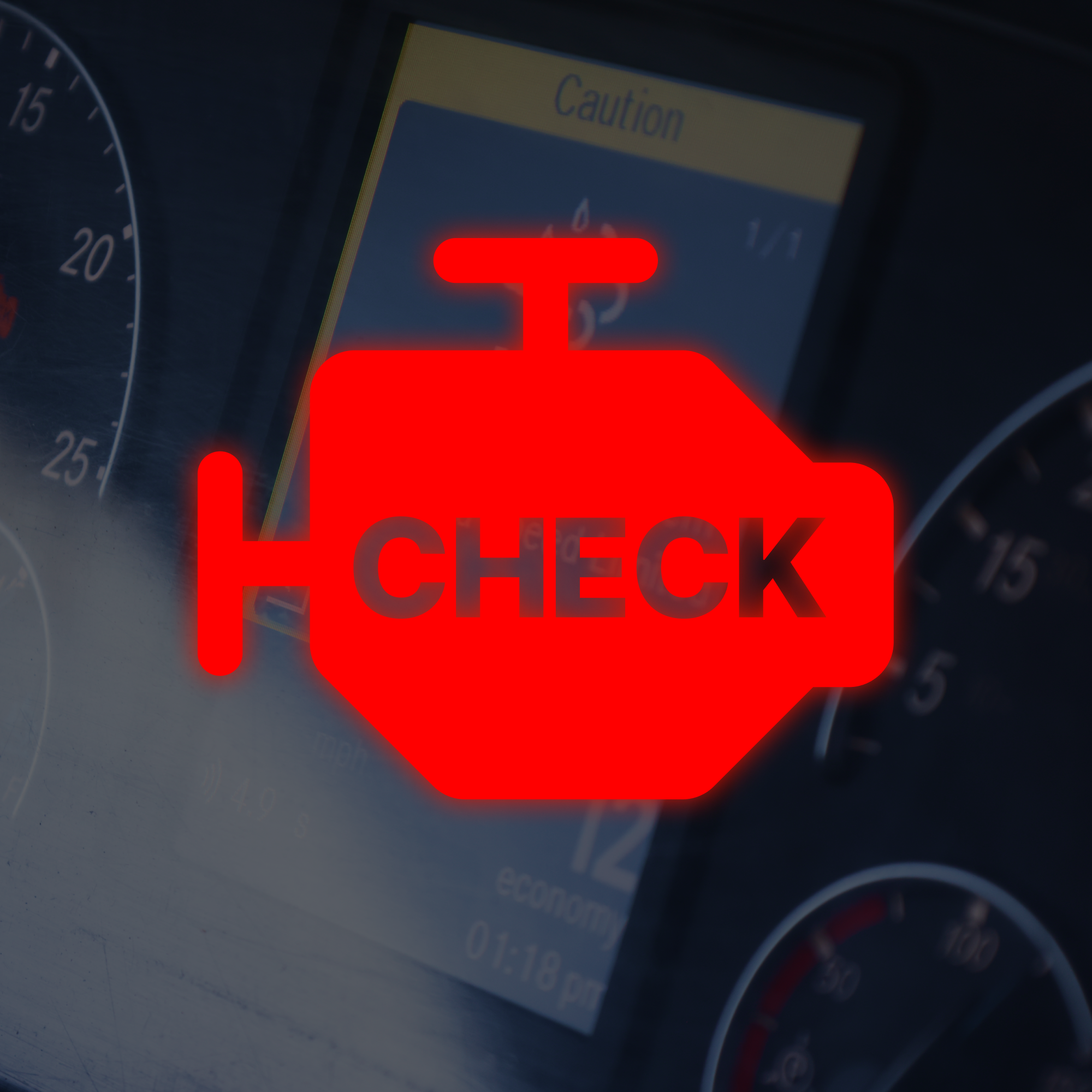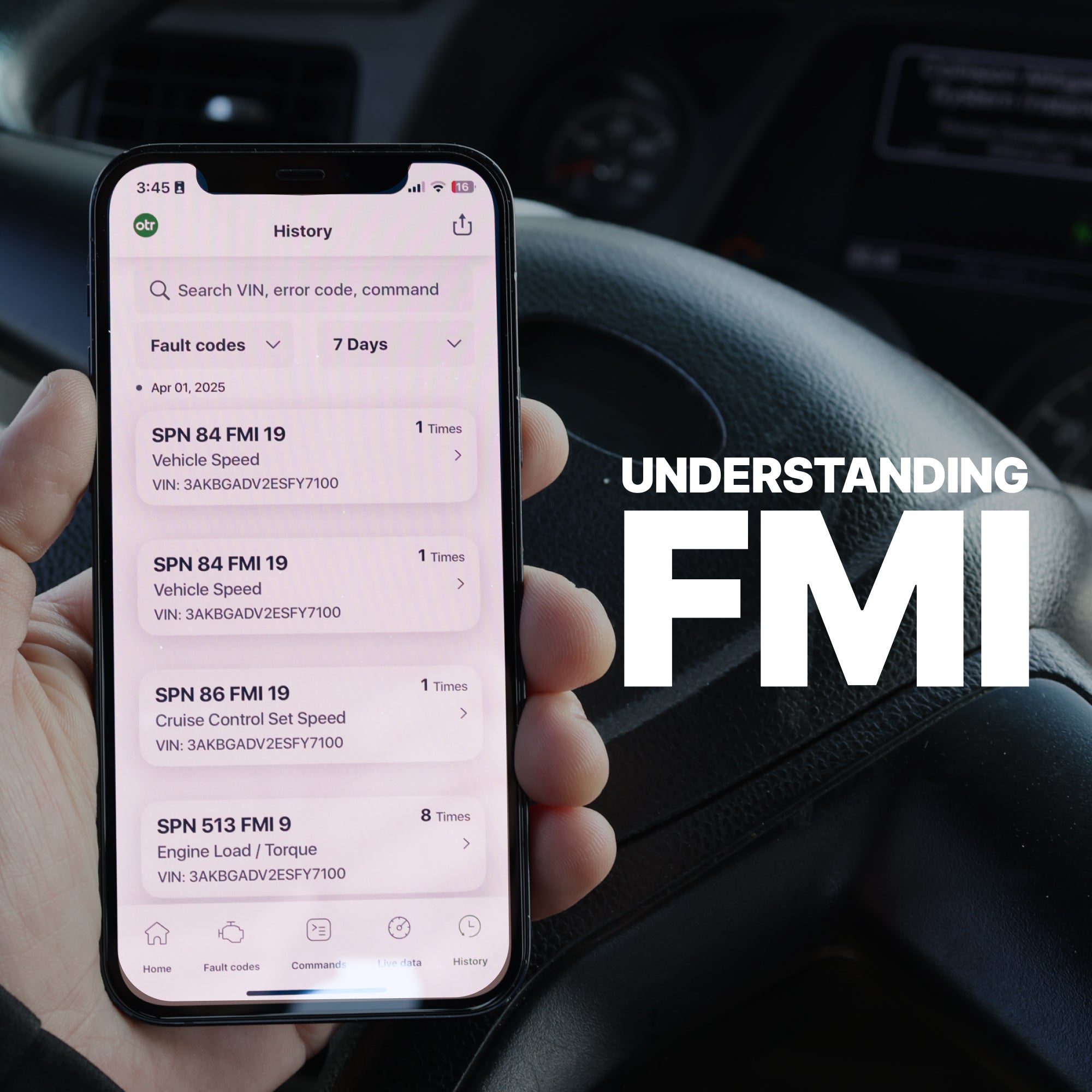Fault codes associated with Selective Catalyst Reduction (SCR) NOx efficiency low are the most dreaded codes you will find on the Detroit Diesel application and can drive your costs high. Long story short, these fault codes mean that the efficiency in the aftertreatment system, aka the 1-Box, is not operating within the required threshold (70%). This measurement happens between your inlet and outlet NOx sensors and it’s called your SCR NOx efficiency. If the SCR NOx efficiency goes below 70%, then these fault codes get set “Active.” The only way you can clear these codes is by doing a forced regen with the SCR NOx efficiency above 70%.
Confused? Continue reading.
So let get into some technical details!
Fault codes that display on your dash are going to be the usual. These are common fault codes that signal a failed 1-Box and an expensive quote for replacement.
Fault Codes (EPA10 & GHG14) 2011-2016
- EEC61 SPN 4364 FMI 1 – Selective Catalyst Reduction Nox Conversion Very Low
- EEC61 SPN 4364 FMI 18 – Selective Catalyst Reduction Nox Conversion LOW
- EEC61 SPN 3364 FMI 2 – Improper DEF Quality
EEC 61 means Aftertreament Control module (ACM). The ACM module controls the DOC, DPF, DEF, SCR operations.

Description
This code sets when the ACM detects that the SCR NOx Conversion efficiency is low.
The measurement for this sensor happens by measuring the inlet and outlet NOx sensors to determine the efficiency rate. If this falls below the calculated threshold, then this fault code gets triggered.
What are the possible causes?
- Contaminated DEF
- Incorrect concentration of urea in the DEF
- Biased NOx sensor
- Excessive DEF build-up in the exhaust
- Failed 1-Box
How to Get an SCR NOx efficiency above 70% if it’s below 70%?
- Make sure you have good DEF fluid if in doubt replace your DEF with DEF out of a box to ensure it’s not contaminated.
- Make sure you have good NOx sensors. Inlet and outlet sensors calculate the efficiency, so make sure both sensors are good.
- Make sure your DPF system is operating normally. If you have a DOC/DPF problem, then this could lead to other issues with being in derate and causing a critical soot level and limit you to 5MPH.
Is this common?
Yes, this is a common problem that we see over and over especially on 2011-2016 EPA10 & GHG14 trucks.
What happens if I keep driving with this fault code?
Do not take these fault codes lightly! Be sure to take quick action. If you don’t then you will experience a break-down and we all know this never happens at a convenient time.
How do I verify it’s fixed?
With an SCR NOx efficiency above 70%, run a forced regen. As long as the regen completes, these fault codes will go inactive.
Here is a picture to show you were the NOx sensors are located on a Detroit Diesel 1-Box:


We Won’t Leave You Stranded
The OTR Diagnostics tool was created to improve your fleet operation and keep your trucks on the road. It will reset your fault codes and reset your DPF system and SCR system. So no more having to go to the dealer for issues you can fix yourself.
We hope this blog post is helpful for you if you see this message on your Detroit Diesel!
Until next time! 👋
Stay safe, stay healthy & be blessed.




The Not So Distant Future
SA 16 DTC Fault Codes Explainer Volvo | Mack